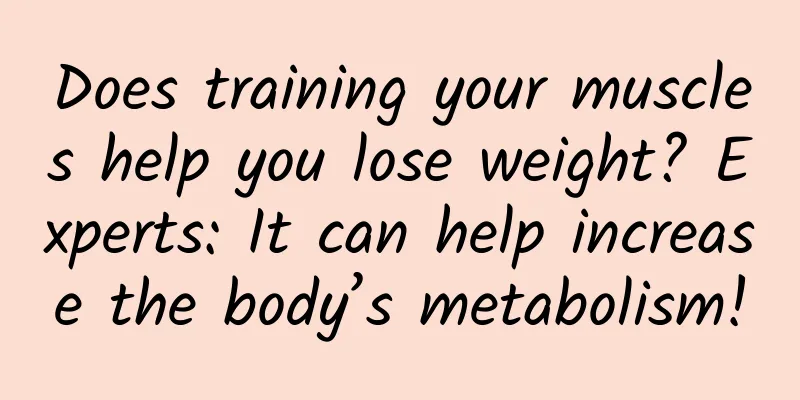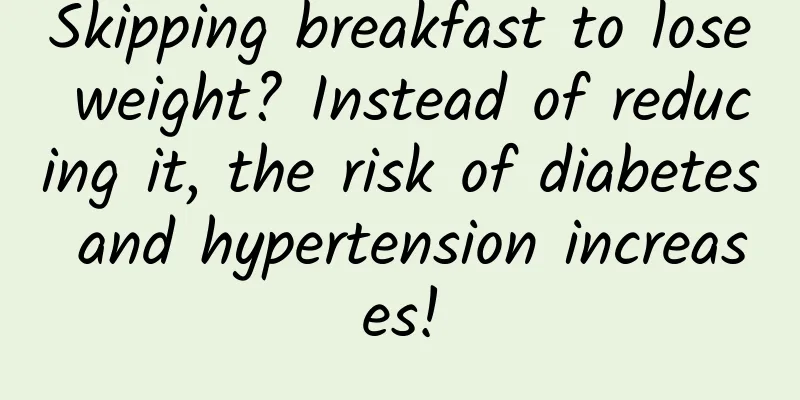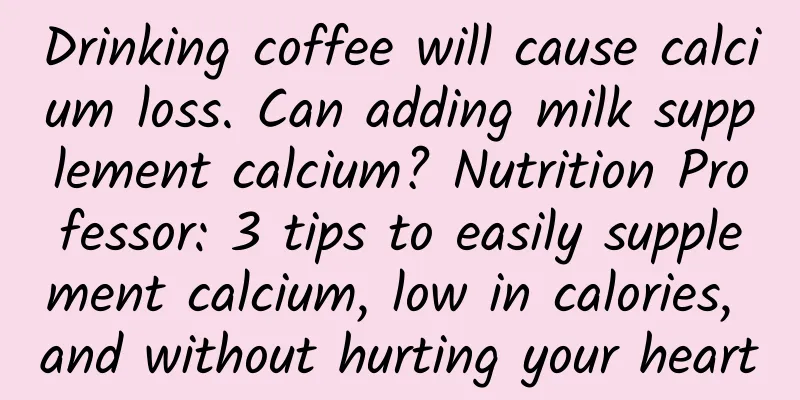Does training your muscles help you lose weight? Experts: It can help increase the body’s metabolism!

|
The key to losing weight is to achieve a balance between the calories you consume and the calories you burn. How to efficiently use up the calories from the food you eat will become the key to weight loss. If you simply think about it, if you can skip meals and reduce your calorie intake, you will lose weight. However, even if you lose weight due to dietary restrictions, you will definitely gain weight again. This is because if you don’t eat, your body’s energy metabolism will decrease. So, what exactly is energy metabolism? Our bodies consume energy not only when we are moving, but even when we are still, because of breathing or heartbeats. The consumption of energy in the body is called energy metabolism. When you are at rest, most of the energy is used to move your organs, but the metabolic rate used by muscles (skeletal muscles) accounts for about 25%, which affects the energy metabolism of the whole body. This is why metabolism decreases when muscle mass decreases due to aging or lack of exercise. On the other hand, if you gain muscle through training, your resting metabolism will increase. If you increase your metabolism while you're at rest, your calorie consumption will naturally increase even without strenuous exercise, so it will of course become easier to lose weight. In order to build a body that can use energy efficiently, moderate muscle growth is necessary. Higa-style bodyweight muscle training 2 months of muscle training will increase metabolism! When 2 months of muscle training increases metabolism by 7%, metabolism (at rest) is 150kcal/day UP. Calories burned every 20 minutes (General value for women in their 20s and 30s) When at rest………………………… 20kcal. Walking……………………..….. 50kcal. Jogging………………………….. 150kcal. Jogging (fast)………………………… 170kcal. Cycling…………………………..80kcal. Aerobic exercise (long-duration, low-intensity exercise like walking or jogging) uses fat as its primary source of energy. However, the consumption is not that much. Using muscle training to increase muscle and improve metabolism (when at rest) can be said to be more efficient. The proportion of energy consumed by each tissue in the body (resting metabolism) Skeletal muscle…………………….. 25%. Internal organs…………………………..70%. Digestive organs.................. 30%. Brain............................... 18%. Heart................................16%. Kidney................................6%. Others................................5%. When you are in a quiet state, most of your energy is used to keep your organs moving. But the metabolic rate of muscle (skeletal muscle) is about 25%, which is definitely not a small amount. If the muscle mass increases, the energy metabolism of the whole body will also increase. HIGA's Comments 150kcal of energy is equivalent to 20 minutes of jogging or 1 hour of walking. Isn't it great that a body can automatically consume the energy of this amount of exercise without doing anything? This article is excerpted from the book written by Kazuo Higa/published by Ruili Beauty International Media "My First Bodyweight Training Book: 5 minutes twice a week, -9kg in 1 month! Strength training designed specifically for women (with DVD "Move slowly and lose weight naturally") |
Recommend
What can I eat during ovulation bleeding?
Ovulation bleeding is a phenomenon that every fem...
Women should learn more about the prevention of vulvar leukoplakia
Vulvar leukoplakia is a common disease among wome...
What are the symptoms of ovarian cysts and how to prevent them
What are the symptoms of ovarian cysts and how ca...
What is considered malignant uterine fibroids? Does malignant uterine fibroids mean cancer?
What is considered a malignant uterine fibroid? D...
Challenge obesity! Chinese medicine secrets for weight loss and body shaping revealed
What is the biggest worry of fat people? You prob...
What are the symptoms and treatment of adnexitis?
What are the symptoms and treatment of adnexitis?...
How to check for endometriosis
We know that before treating any disease, the pat...
The autumn of appetite hides obesity landmines: eating midnight snacks and skipping breakfast may cause weight gain
"Autumn of Appetite" - Weight is easy t...
If you want to lose weight, you don't just need less oil. Research shows that less sugar is more effective
Since 1970, the idea that a low-fat diet is the b...
Why does pelvic inflammatory disease cause abdominal distension? Because of pelvic inflammation
In addition to lower abdominal pain, fever, and a...
Key points for diagnosis of vulvar pruritus
Vulvar pruritus is a common gynecological disease...
Follow the supermodels to create the perfect butt! Do the back leg lift hip training together to train your peach hips to a new height
A firm and perky butt is the ultimate goal pursue...
Where is the Sanyin?
Sanyinjiao acupoint is located on the inner side ...
Cervical precancerous lesions recurred after four months of examination
What is the probability of recurrence of cervical...
How to care for female cervical warts
Nowadays, most female friends have lower physical...









